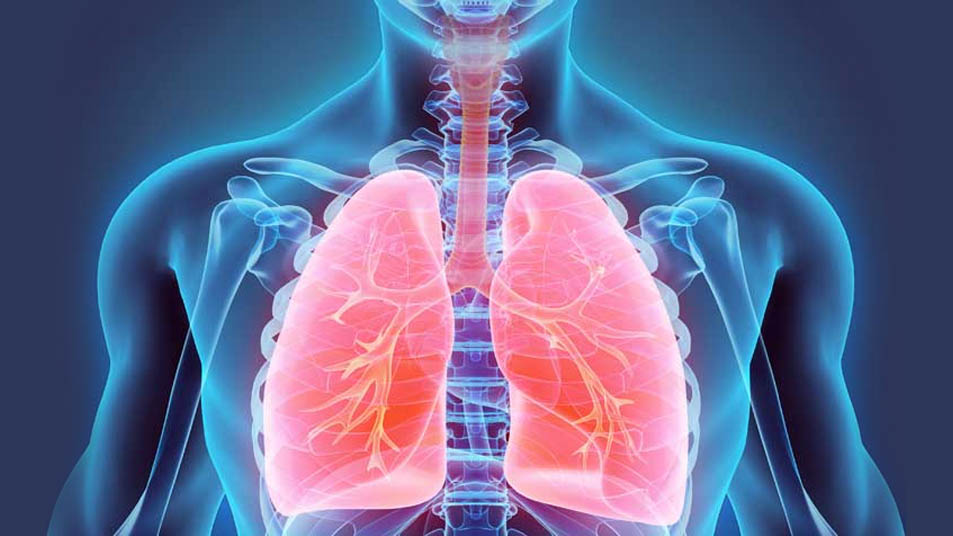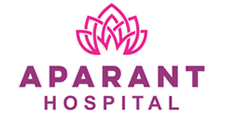
Mycobacterium tuberculosis is the bacterium that causes Tuberculosis (TB), a dangerous infectious illness. TB primarily affects the lungs, but it can also spread to other parts of the body like lungs or other tissues. It may also have an impact on your kidneys, brain, or spine, among other organs. Treatment for TB is critical not only for curing the patient but also for preventing the spread of the
disease to others.
TB may also be caused due to…
Meningitis, an inflammation of your brain.
Sterile pyuria, or a urine sample with a high concentration of white blood cells.
Pott’s disease, also called spinal tuberculosis or tuberculosis spondylitis.
Addison’s disease, an adrenal gland condition.
Hepatitis, a liver infection.
Lymphadenitis in your neck, also called scrofula or TB lymphadenitis.
Cause of Tuberculosis (TB) :
TB is caused by the Mycobacterium tuberculosis bacterium and is influenced by factors related to the immune system, environmental conditions, and access to healthcare.
The bacterium is the direct cause of TB. It spreads through the air when a person with active TB in their lungs coughs, sneezes, speaks, or sings. Other people nearby may breathe in these bacteria and become infected.
When a person with active TB illness coughs, sneezes, talks, sings, or even laughs, they might release germs into the air and transmit the disease. It is only communicable to those who have an active lung infection. The majority of individuals who inhale TB germs are able to combat the bacterium and prevent its growth. In some people, the bacteria stays dormant, resulting in a latent tuberculosis infection. The bacteria are dormant, but they are still alive and may
reactivate at a later time in the body.
Individuals with weakened immune systems, such as those with HIV/AIDS, malnutrition,
diabetes, or those receiving immunosuppressive therapy (like chemotherapy), are at a higher risk of developing active TB from a latent infection.
Individual who has active TB increases the risk of transmission. This is particularly a concern in crowded or poorly ventilated spaces.
Multidrug-resistant TB (MDR-TB) and extensively drug-resistant TB (XDR-TB) are caused by bacteria that are resistant to the most effective TB drugs. These forms of TB can develop due to improper use of antibiotics or failure to complete the full course of treatment.
Symptoms of Tuberculosis (TB) :
People with inactive TB do not exhibit symptoms. They could, nonetheless, have a positive blood or skin response test. These symptoms can be shown by anyone with active tuberculosis.
Bad cough (lasting longer than two weeks).
Pain in your chest.
Coughing up blood or sputum (mucus).
Fatigue or weakness.
Loss of appetite.
Weight loss.
Chills.
Fever.
Night sweats.
Diagnosis and Tests for TB :
Early diagnosis and prompt treatment of TB are crucial to prevent the spread of the disease and ensure effective management. If TB is suspected, it is important to consult a healthcare provider for appropriate testing and diagnosis. Diagnosing TB involves a combination of medical history, physical
examinations, imaging studies, and laboratory tests.
Diagnostic methods and tests used :
Chest X-ray : TB is usually diagnosed through a combination of a chest X-ray which is used todetect abnormalities in the lungs that may suggest TB, such as lesions, cavities, orcalcifications.
Sputum Test : Sputum Smear Microscopy examines sputum (mucus from the lungs) under a microscope for acid-fast bacilli (AFB). A positive result indicates TB bacteria, but it is not as sensitive as other methods. Sputum samples are cultured to grow TB bacteria, which can take several weeks. It is more sensitive and can confirm TB diagnosis. Nucleic Acid Amplification Tests (NAATs) are rapid tests that detect TB bacterial DNA in sputum samples, providing
results within hours.
Tuberculin Skin Test (TST) : A small amount of purified protein derivative (PPD) is injected under the skin of the forearm. After 48-72 hours, the injection site is checked for induration (swelling). A raised, hard area indicates a positive result, which suggests TB infection but not necessarily active disease.
Drug Sensitivity Testing (DST) : This test determines which antibiotics the TB bacteria are sensitive or resistant to, guiding effective treatment.
Biopsy : A tissue biopsy may be performed if TB is suspected in organs other than the lungs, such as lymph nodes, bones, or kidneys. The biopsy sample is examined for TB bacteria.
Treatment for TB :
Your doctor may start medication therapy if you have a latent tuberculosis infection. This is particularly true for those who are at a higher risk of developing active tuberculosis due to other causes like HIV/AIDS. Treatment for latent tuberculosis often lasts three to four months.
Treatment for active tuberculosis might last four, six, or nine months. The optimal medications for you will be determined by TB treatment specialists. You will have follow-up appointments on a regular basis to monitor any adverse effects and to check on your progress.
Dose intake :
It's critical to take each dosage exactly as directed. Additionally, you have to finish the entire course of therapy. This is crucial for eliminating the germs in your body and stopping the growth of new, resistant to drugs bacteria.
Directly observed therapy is a program that your public health agency could implement (DOT). When you receive directly observed treatment (DOT), a medical professional comes to your house to observe you while you take your medication.
Certain health care departments provide self-administration drug programs. You can use
downloadable forms from the Centers for Disease Control and Prevention to record your daily dosages.
Most common TB drugs
You may only need to take one or two types of medication if you have a latent tuberculosis infection. Active TB disease requires taking several drugs.
Typical drugs for TB treatment include :
The standard treatment for active TB involves a combination of antibiotics taken over a period of 6 to 9 months. The most common first-line drugs are :
Isoniazid (INH)
Rifampin (RIF)
Ethambutol (EMB)
Pyrazinamide (PZA)
The initial phase of treatment typically lasts 2 months and involves all four drugs. This is
followed by a continuation phase, which lasts 4 to 7 months, usually with Isoniazid and
Rifampin.
Latent TB infection (LTBI) is treated to prevent it from becoming active TB. Treatment options include:
Isoniazid (INH) for 6-9 months
Rifampin (RIF) for 4 months
Isoniazid and Rifapentine once weekly for 3 months (under direct observation)
Medication side effects :
Most people can use TB medications without experiencing any major negative effects. If you have serious side effects, your care provider may ask you to stop taking the drug. A medication may need to have its dosage adjusted.
Talk to your physician if you experience any of the following :
Upset stomach.
Vomiting.
Loss of appetite.
Severe diarrhea.
Light-colored stool.
Dark urine.
Yellowish skin or eye color.
Changes in vision.
Dizziness or trouble with balance.
Tingling in hands or feet.
Easy bruising or bleeding.
Unexplained weight loss.
Unexplained tiredness.
Sadness or depression.
Rash.
Joint pain.
You should include a list of all the medications, dietary supplements, and herbal therapies you currently use. During your therapy, you might have to stop taking some of these.
Preventive measures from Spreading tuberculosis :
Adherence to the treatment regimen is critical to cure the disease and prevent the development of drug-resistant TB. The most crucial steps in preventing the spread of tuberculosis in hospitals are to have enough ventilation and to use the appropriate PPE.
You usually have to be in contact with someone with active TB for a long time before becoming
infected. It helps to follow infection prevention guidelines like:
Washing your hands thoroughly and often.
Coughing into your elbow or covering your mouth when you cough.
Avoiding close contact with other people.
Ensuring that you take all of your prescription drugs as directed.
Hold off on going back to work or school until your doctor gives the all-clear.
Infection Control : This includes wearing masks, ensuring good ventilation in living spaces, and early detection and treatment of TB cases.
